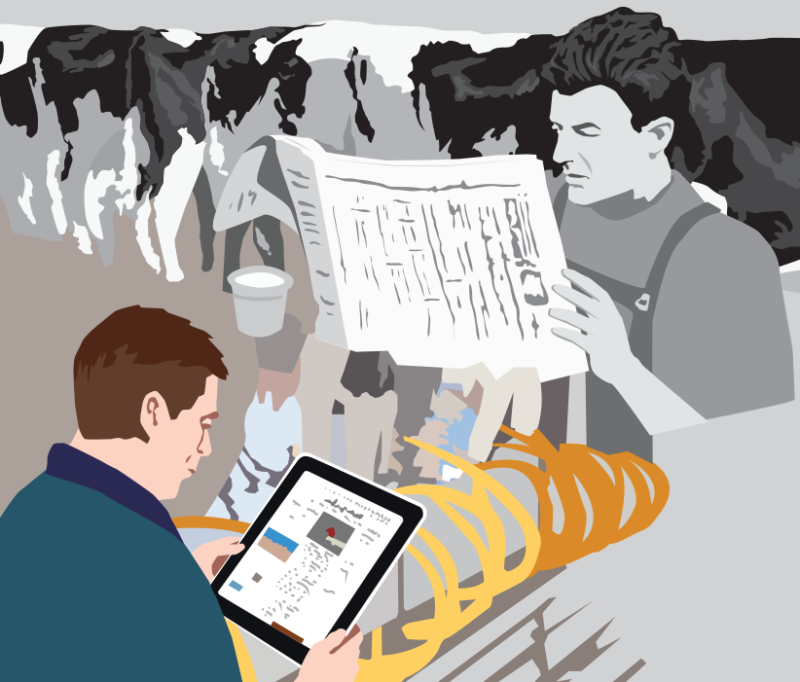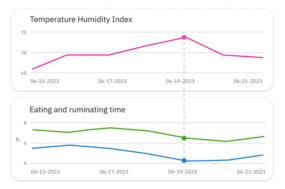All places to eat in Iceland were expensive, but this one was pricey enough to be a one-time experience. However, as Reykjavík’s most famous seafood restaurant, I had to try it once while I lived there.
A week before, the daily paper ran an article about an old man who frequented the restaurant every day (such was the news in Iceland). He may have owned the restaurant a few decades ago or had some other personal connection to it, but he was, regardless, the icon of the establishment.
After my friend and I took our seats, my friend motioned behind me and said, “The old man’s here today.”
I turned around and saw the elderly gentleman sitting on a bench toward the back of the restaurant. I recognized him from the photo in the newspaper, even if I couldn’t read the text. He leaned back with a contemplative look, donned in a peak cap, a vest and the type of old-style trousers more common in our grandparents’ generation. I nodded to the in-house celebrity and turned back to the menu.
We ordered, our choices influenced by our budget. We drank our tap water liberally, though, to make sure we left with a full stomach one way or another. I noticed my friend staring behind me. Finally, I asked him what was wrong.
“He hasn’t moved.”
I carefully glanced over my shoulder, but not able to gather enough information, I eventually turned around to stare as well.
“Do you think he’s dead?” my friend asked.
I gaped shamelessly for the next minute or so, studying his features in the shadows of the back of the restaurant. He still hadn’t flinched or fidgeted, but the people passing by him didn’t seem concerned.
“It’s worse,” I said. “That’s a wax figure.”
We ate silently. If it was a dead body behind me, it would have belonged to a person who was old anyway. Now, however, I felt it staring at my back as I tried to enjoy whatever species of fish I had ordered. It was a strange sensation. Although it wasn’t logical – the figure was an inanimate clump of molding – I was creeped out. Even if I could have afforded it, I’m not sure I would have gone back to that restaurant.
It's only now, a decade later, that I realized what happened to me: I fell into the uncanny valley.
Researcher Masahiro Mori, then working at the Tokyo Institute of Technology, studied people’s affinity toward robots as the machines were made to look more and more human. He discovered that the closer robots get to looking like human beings, the more people like them – until they get too close. Suddenly, as the robots appear near-human, observers are more likely to be repulsed or feel unease around them. For example, he found people had more positive feelings toward a toy robot than an industrial robot because the toy had a head, arms and other human parts. However, as robots started to look more like actual Homo sapiens (like humanoid machines that can mimic emotional responses), it made people uncomfortable. On the graph charting affinity for robots, this shows up as a sudden dip, or “valley,” which he termed the uncanny valley.
The concept of the uncanny valley doesn’t just apply to robots and wax statues but to anything that mimics human likeness closely enough to make us feel uncomfortable. It’s usually the cause for people getting freaked out by clowns (and why Stephen King’s It was such an effective horror). It’s why I couldn’t stand to watch the Chucky movies – that stupid doll unnerved me in a way I couldn’t explain. It’s also probably the reason the movie Cats was one of the biggest box office bombs of the last decade: The half-human, half-feline characters gave the audience the heebie-jeebies.
Francis McAndrew, in his 2016 research paper, “On the Nature of Creepiness,” suggests that, as humans, we like to have clarity in our world. When we see something that is almost human but isn’t one, our brain has difficulty categorizing it and developing a response. He suggests that this unease is “an evolved adaptive emotional response to ambiguity about the presence of threat that enables us to maintain vigilance during times of uncertainty.” In other words, when we see a hairy Taylor Swift-like creature with a tail start singing, we’re on high alert in case it can harm us.
Because it is theorized to be an evolutionary adaptation, I wonder if experiencing the uncanny valley phenomenon when coming across a real-life Westworld citizen is indeed a sort of warning. Perhaps part of us knows that in creating something that can mimic our humanity, it is actually putting humanity in danger. There is no shortage of sci-fi movies in which robots take over the world, and the emergence of artificial intelligence has only made that feel more possible. Maybe the uncanny valley helps to highlight the fact that our increasing codependency on devices like computers and smartphones is forcing us to merge into technology and making us part machine ourselves. Maybe we just don’t like looking into the mirror.
Having instincts is one of the traits of being human, and sometimes it’s worth exploring those origins. Those types of feelings have helped our species survive this long. Take comfort in knowing that if you find dolls creepy, you have a good reason. Ultimately, it’s for your safety. I, for one, never sit down in a restaurant now without first checking it for wax figures.








